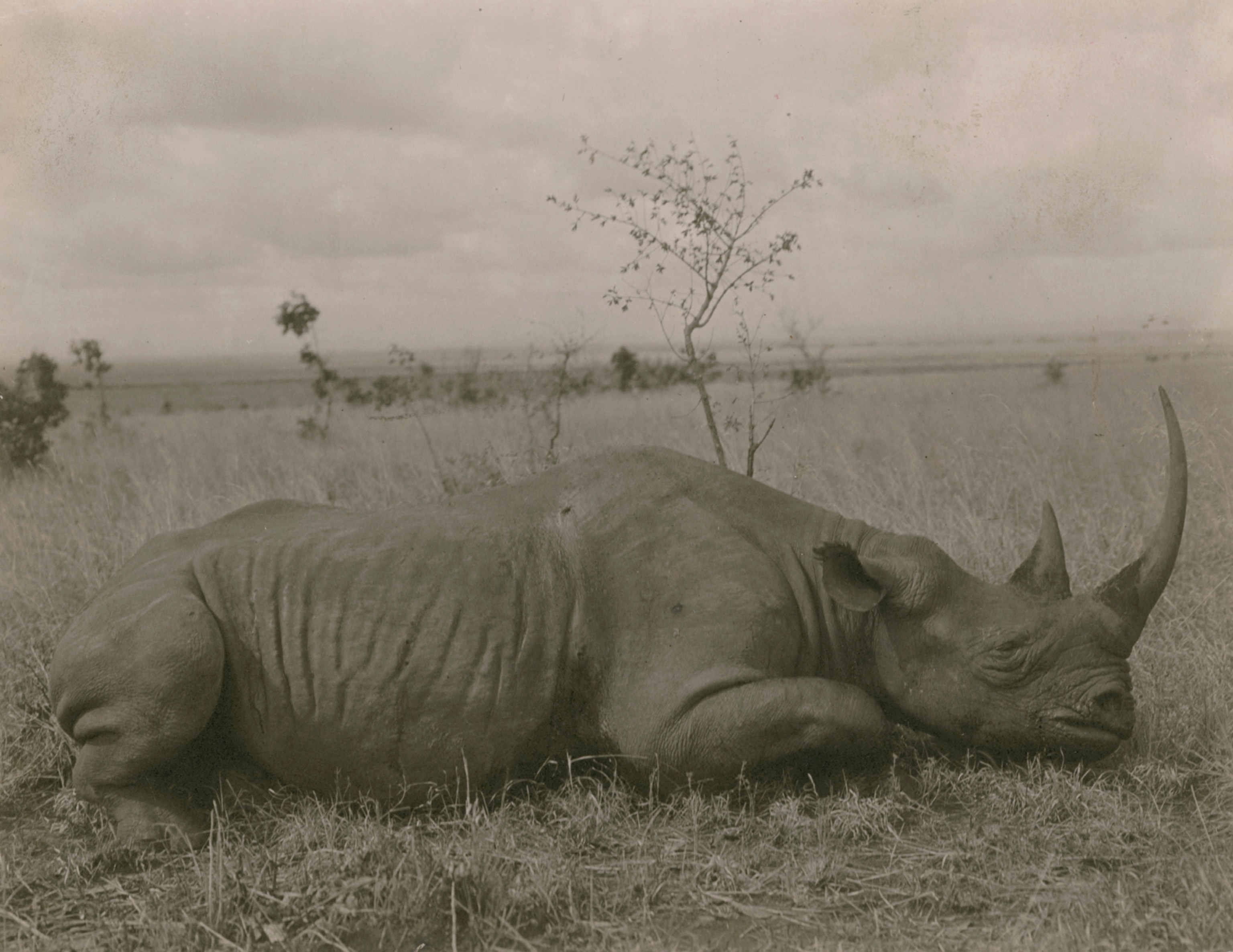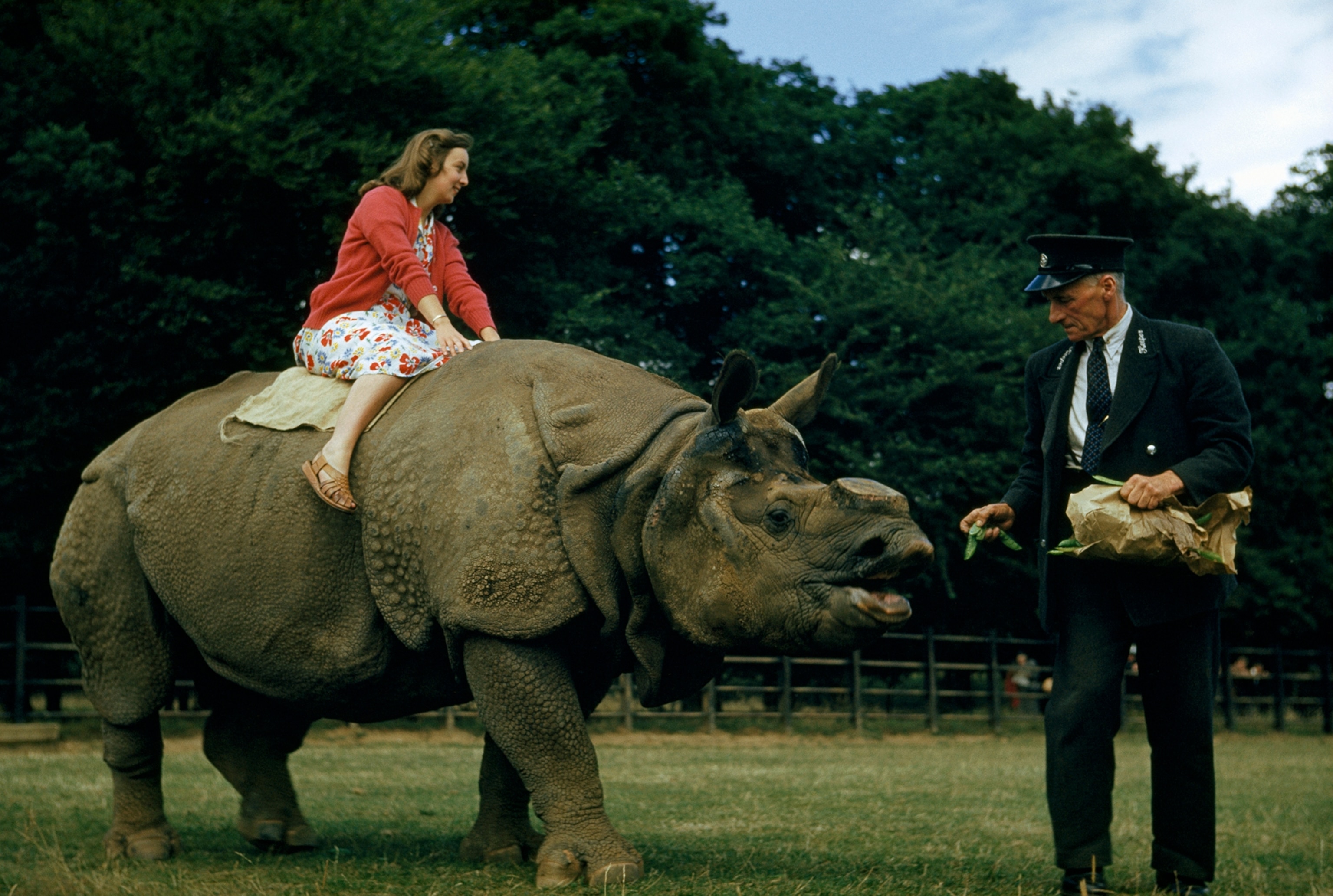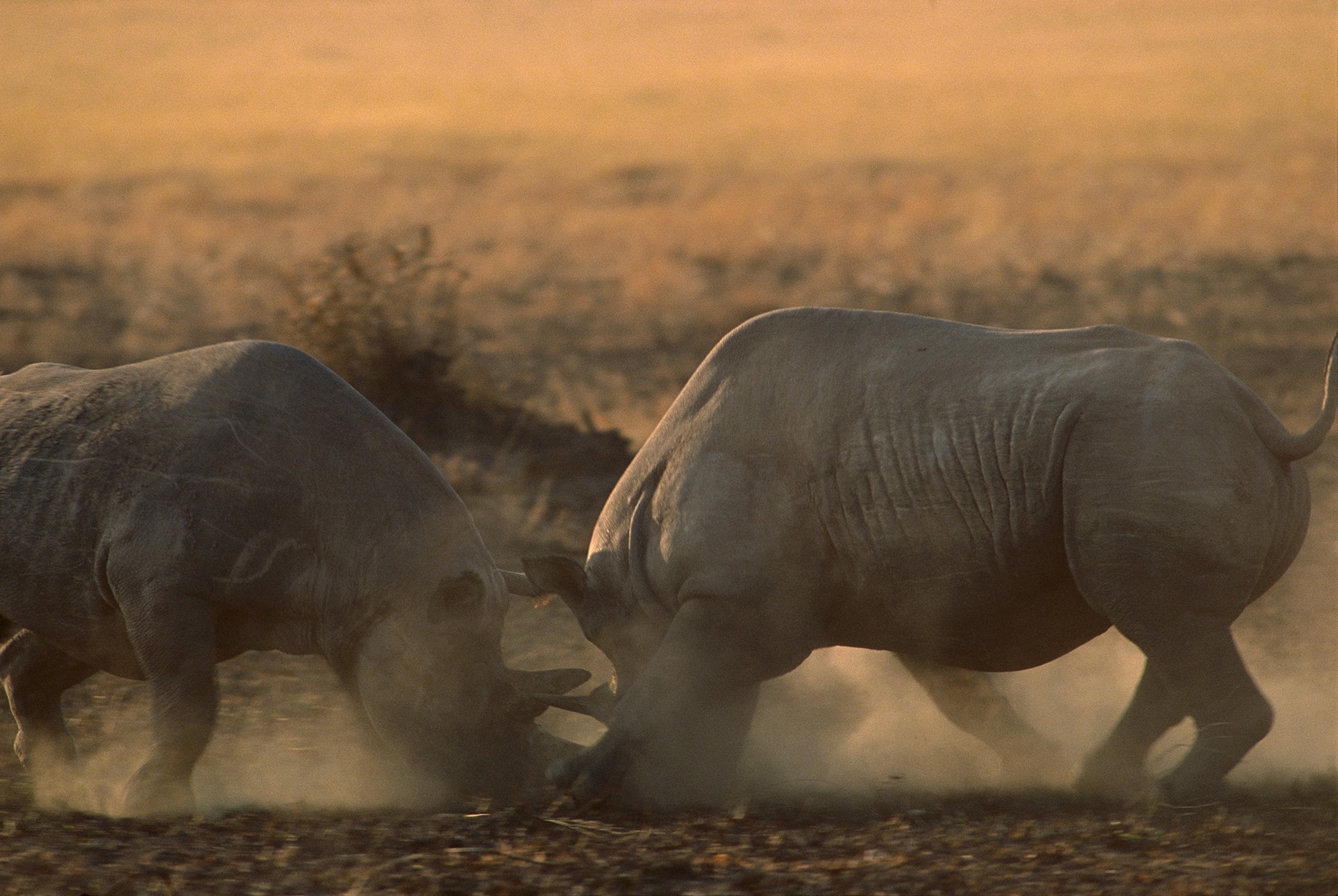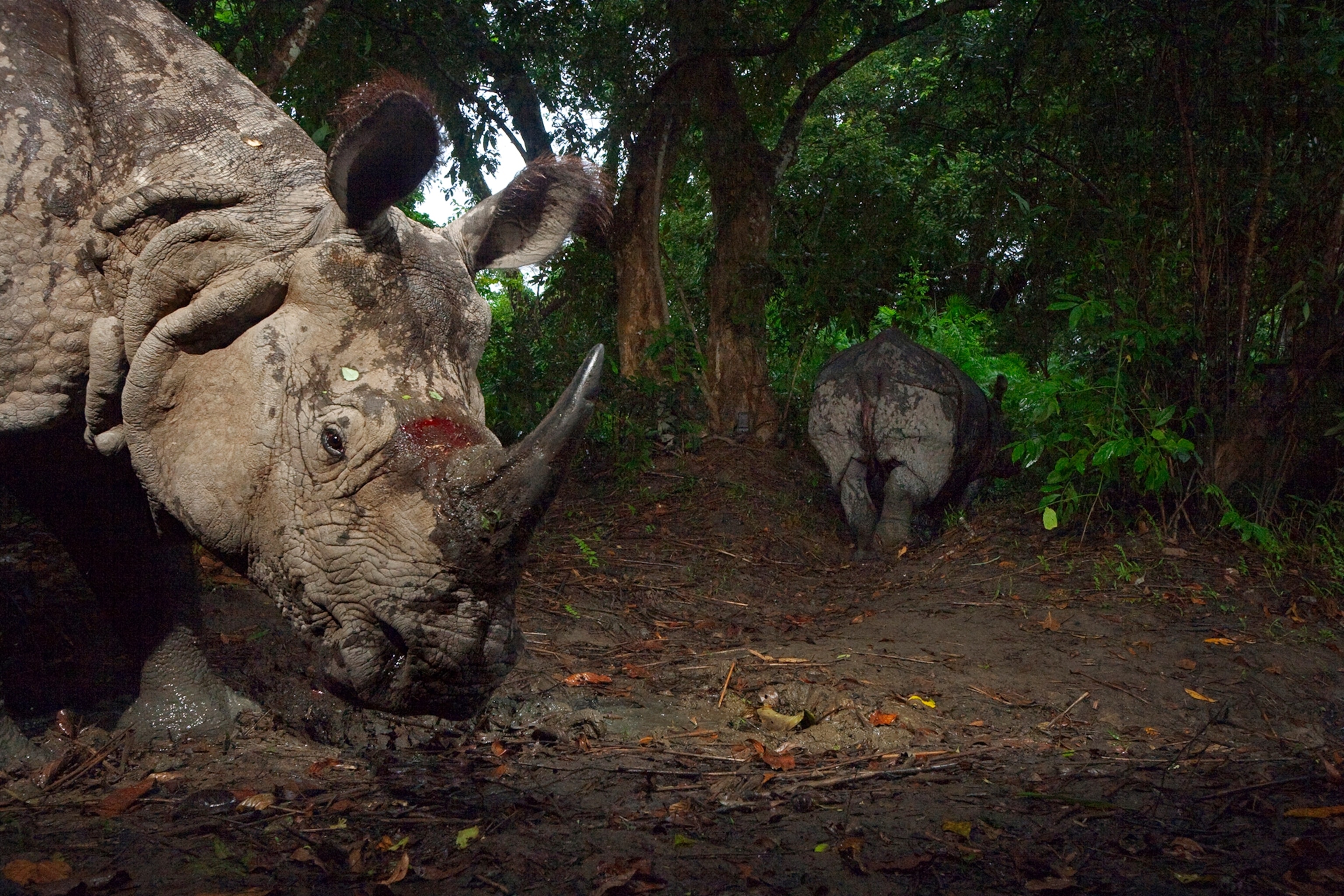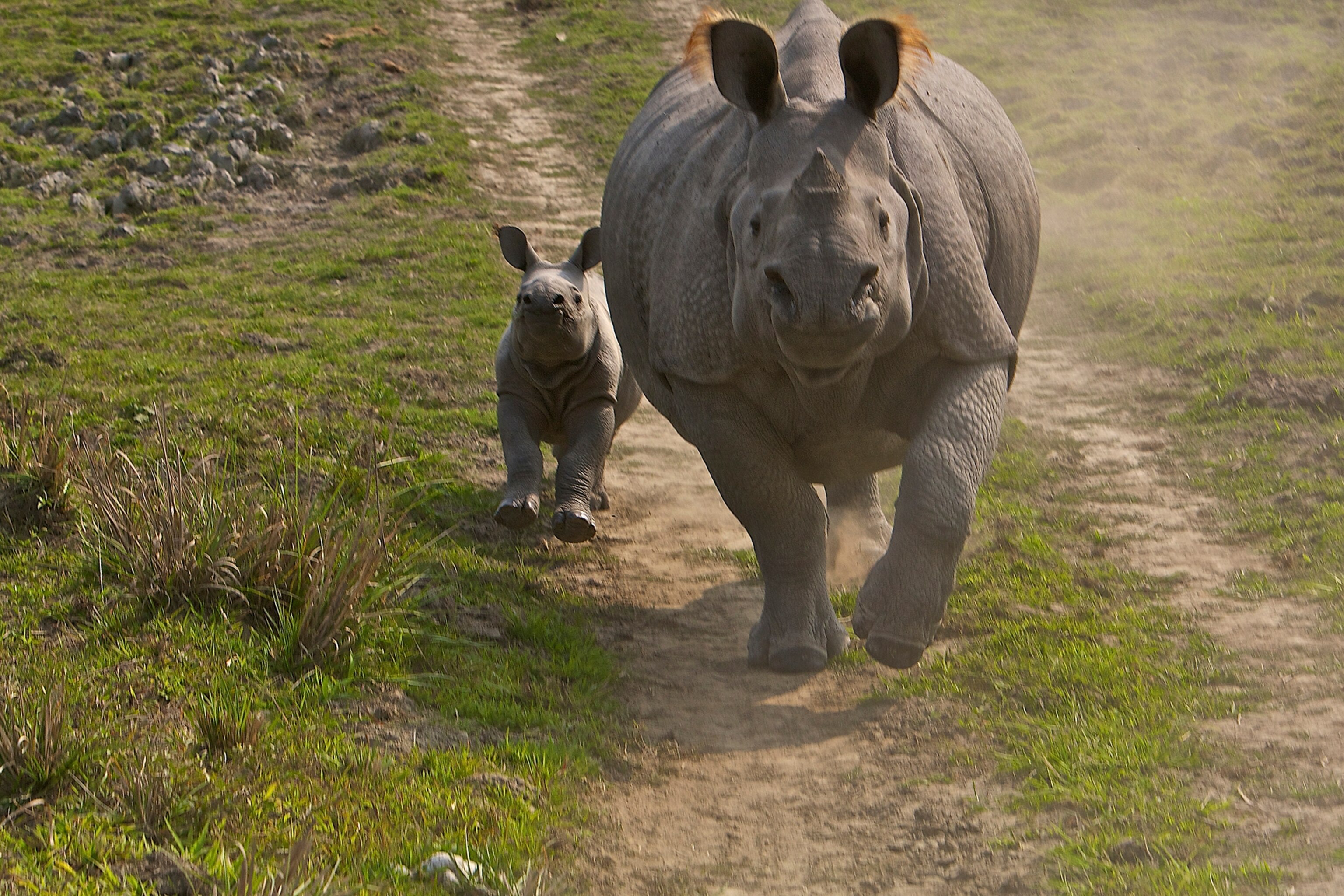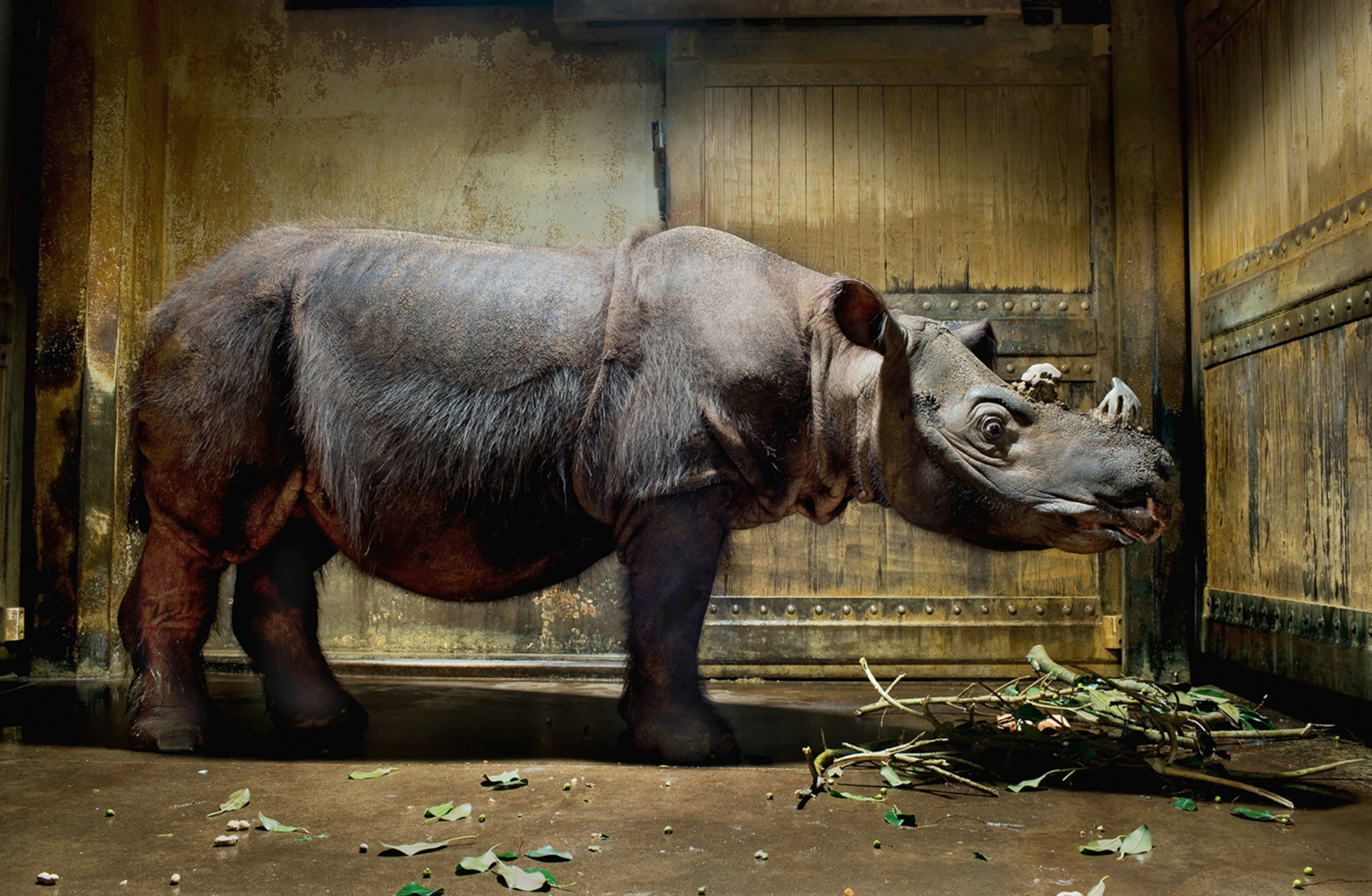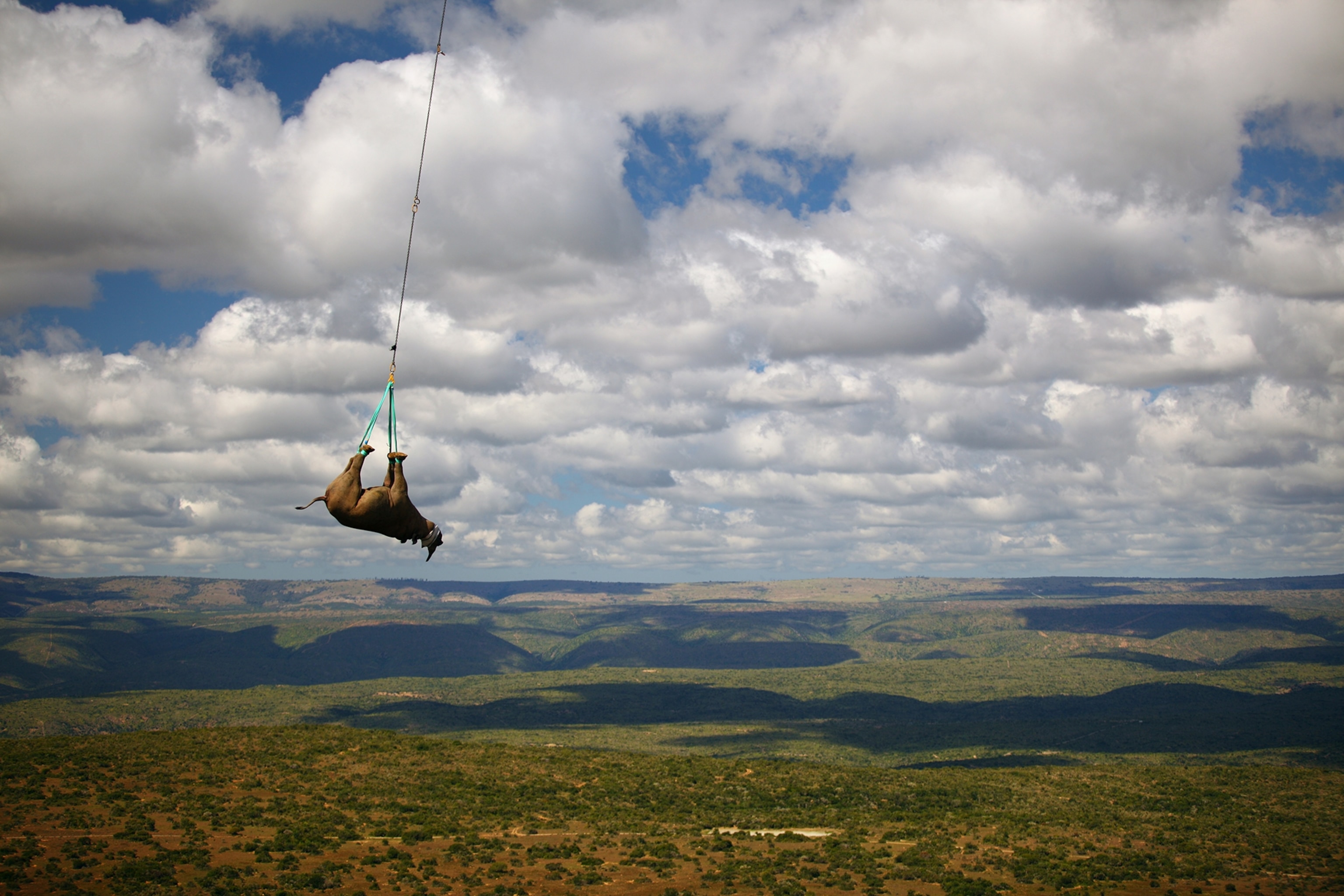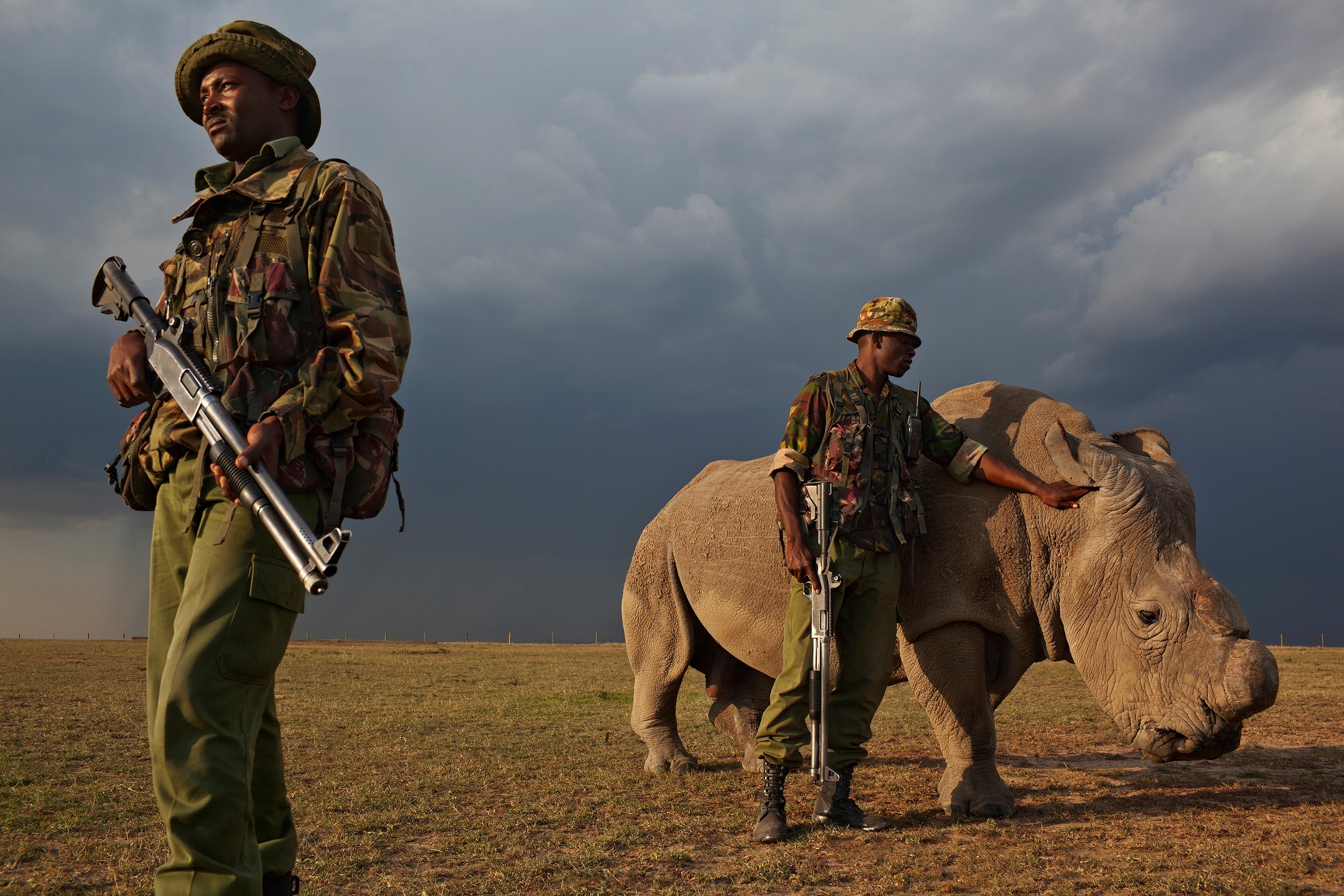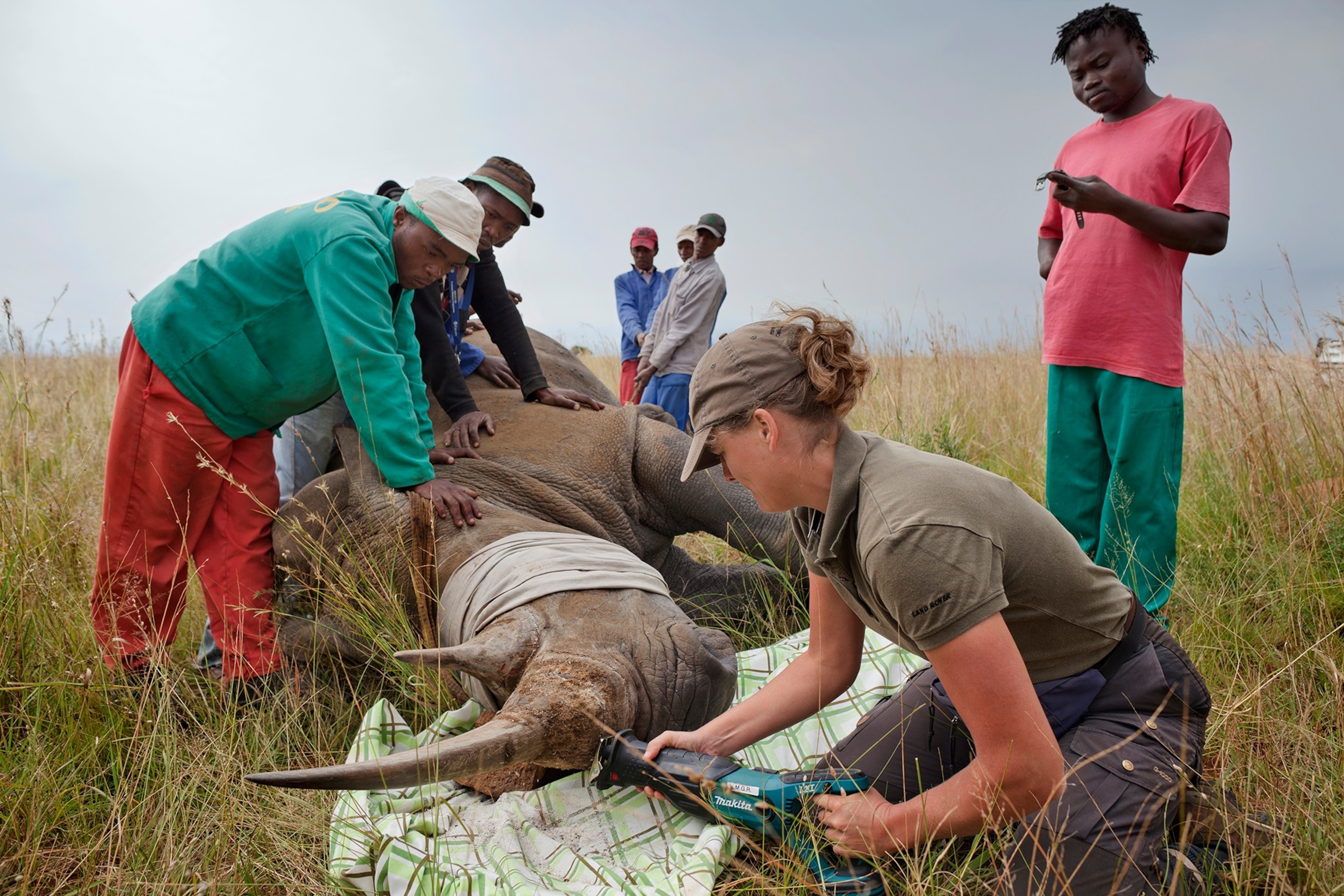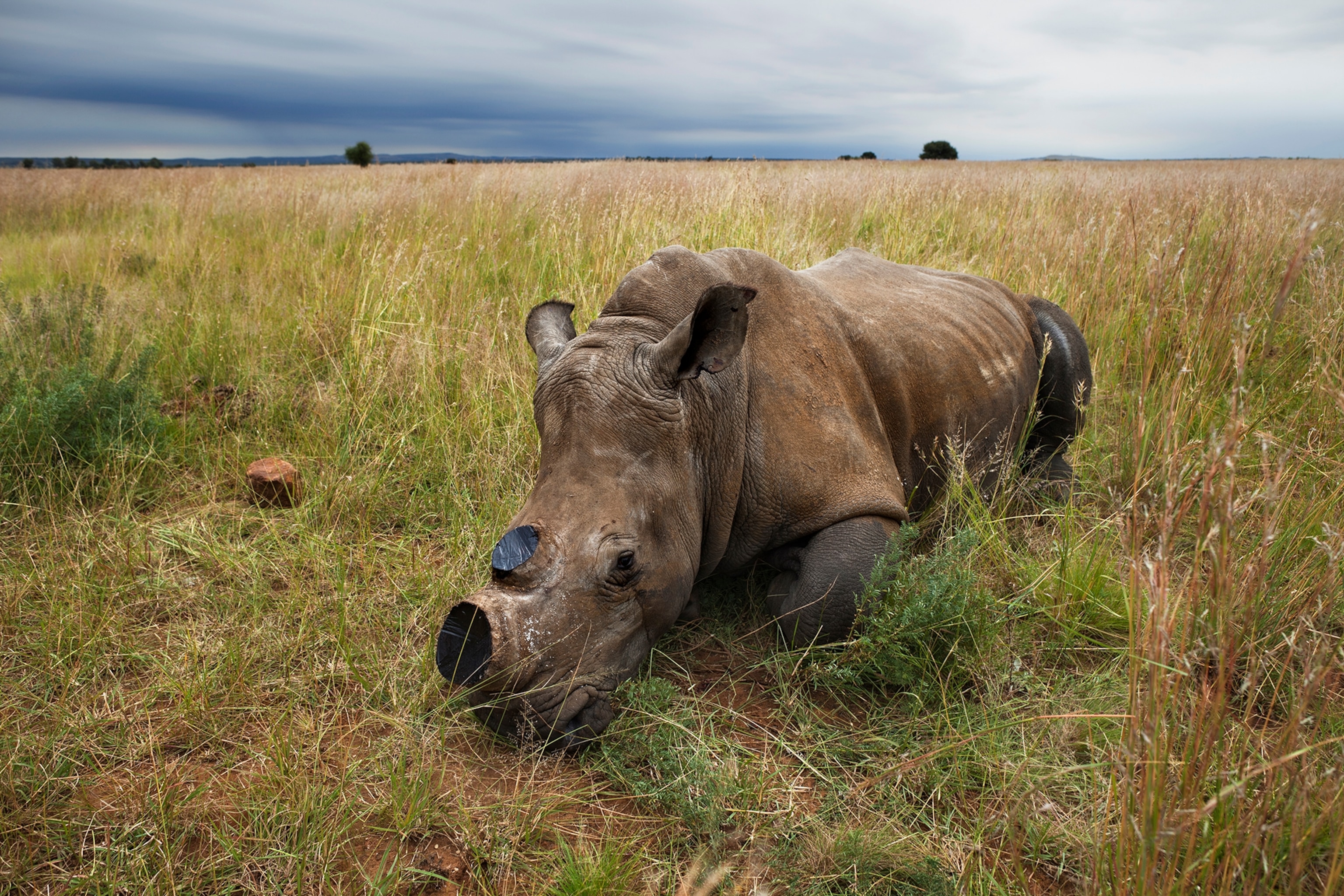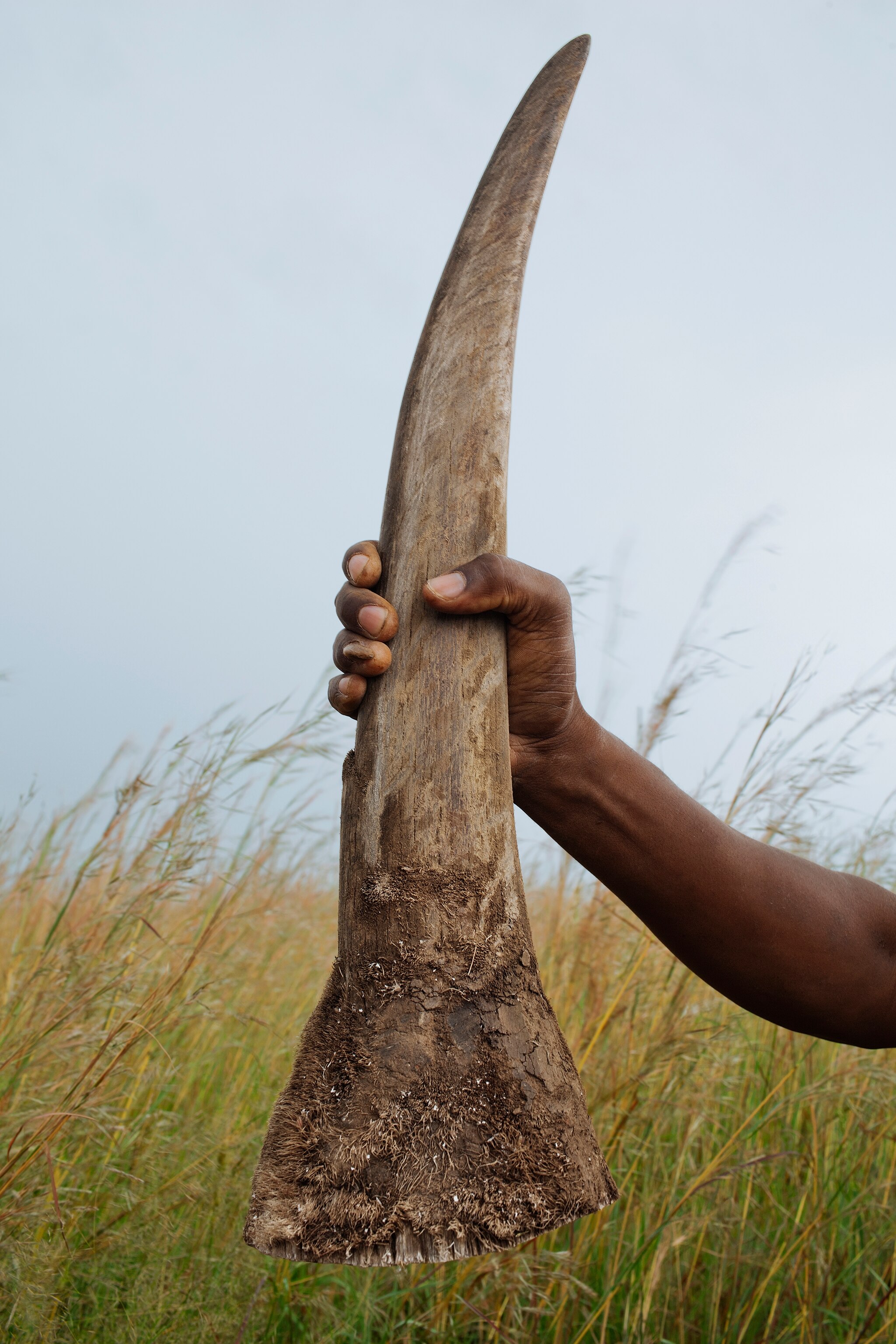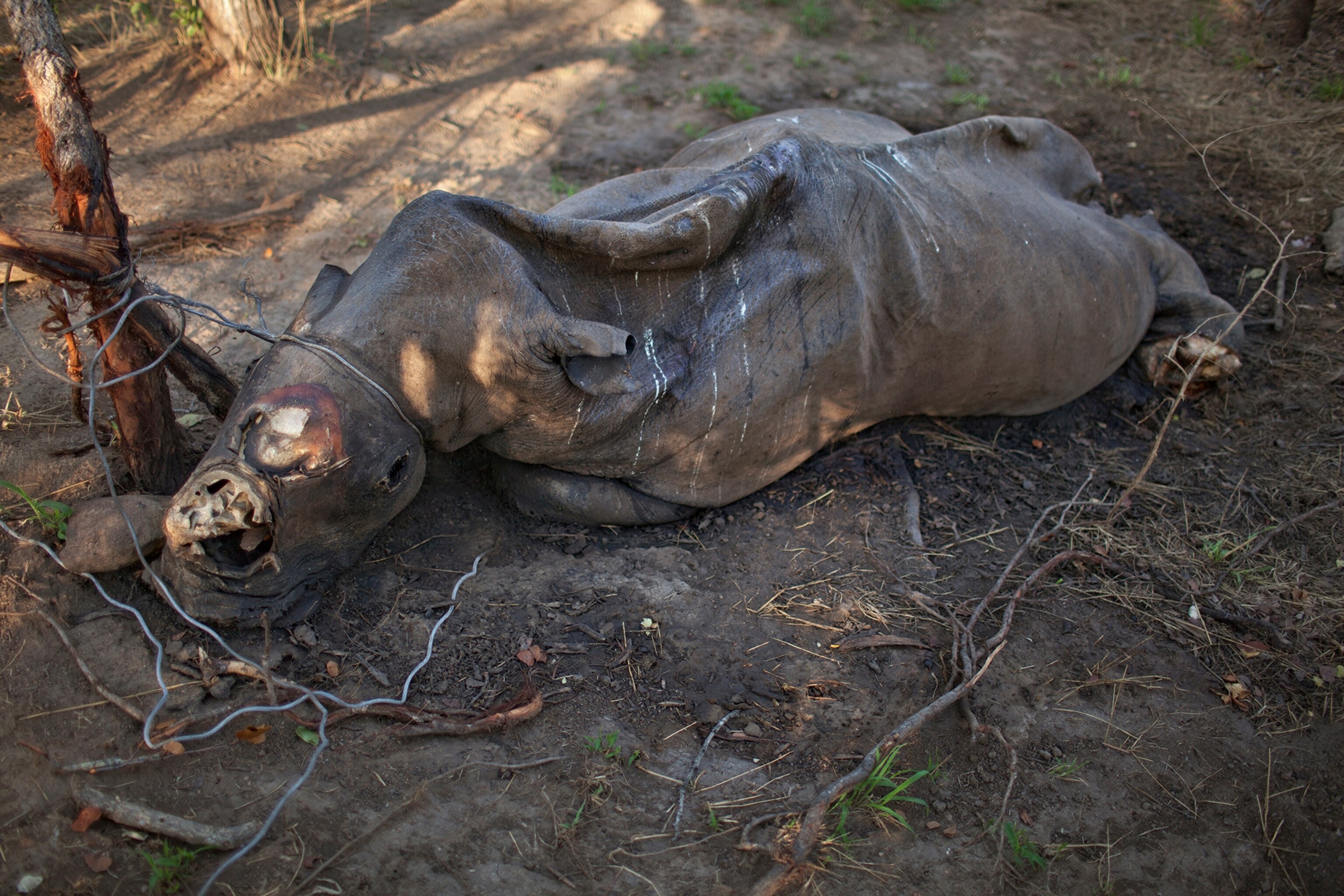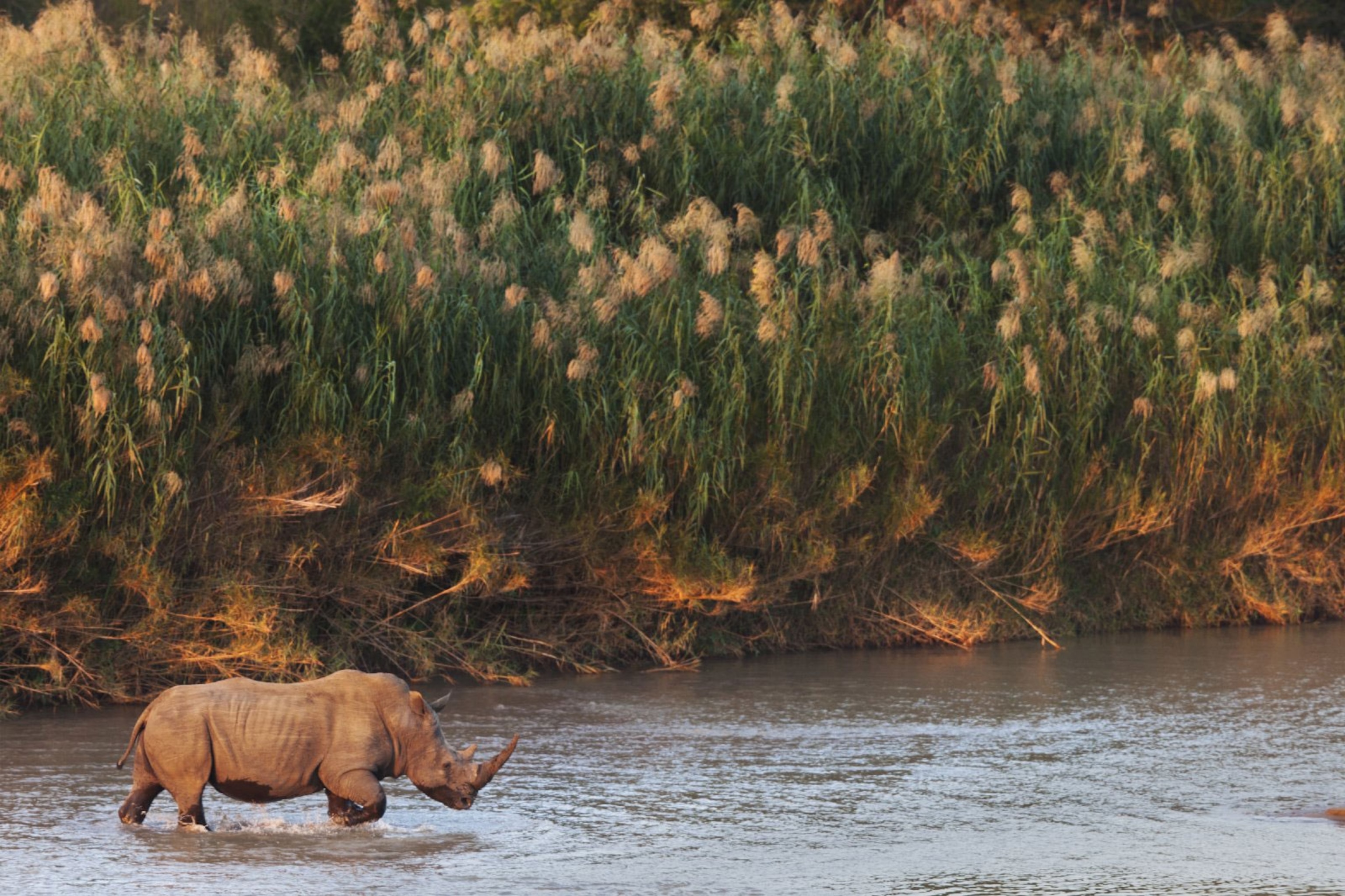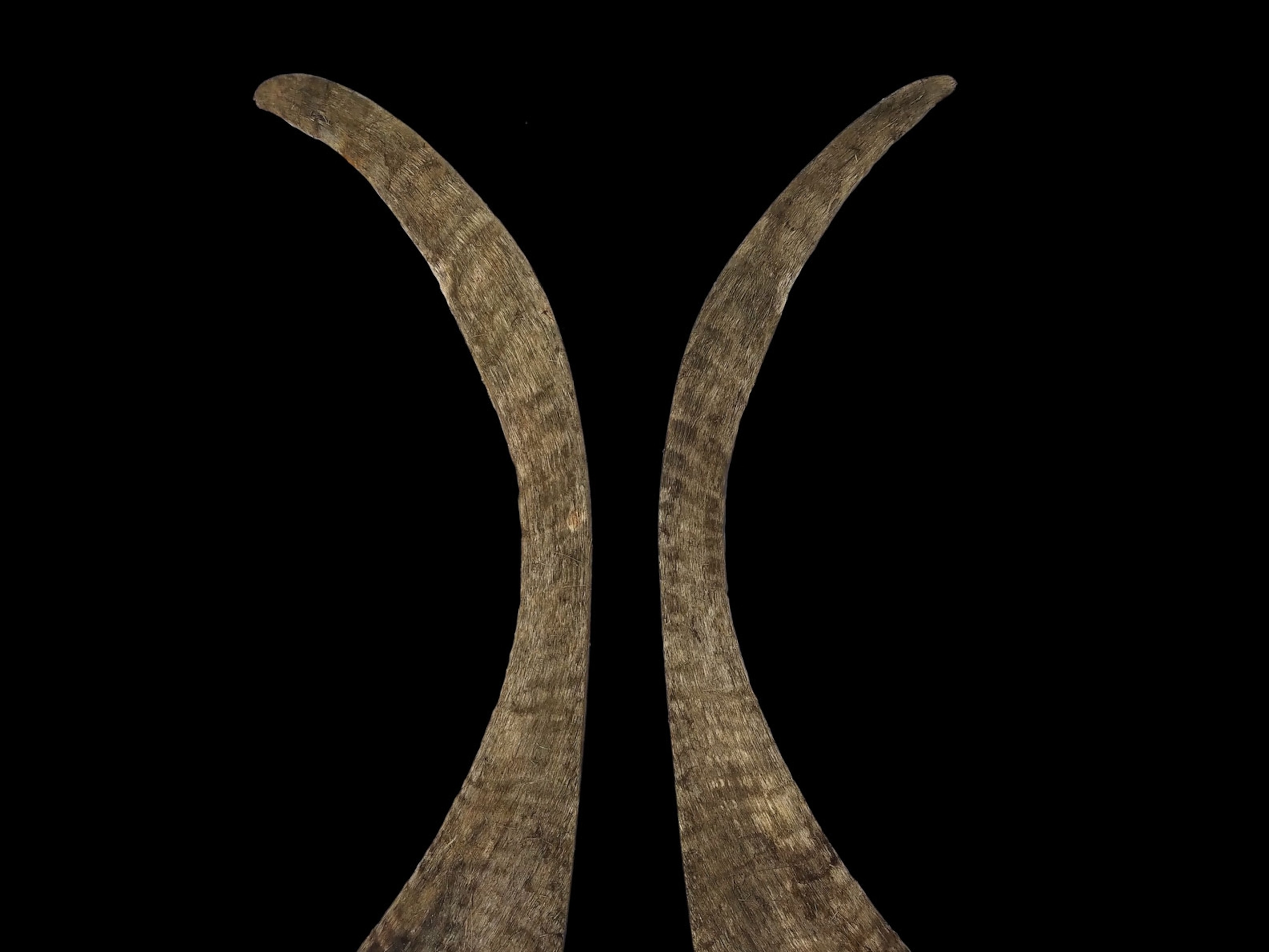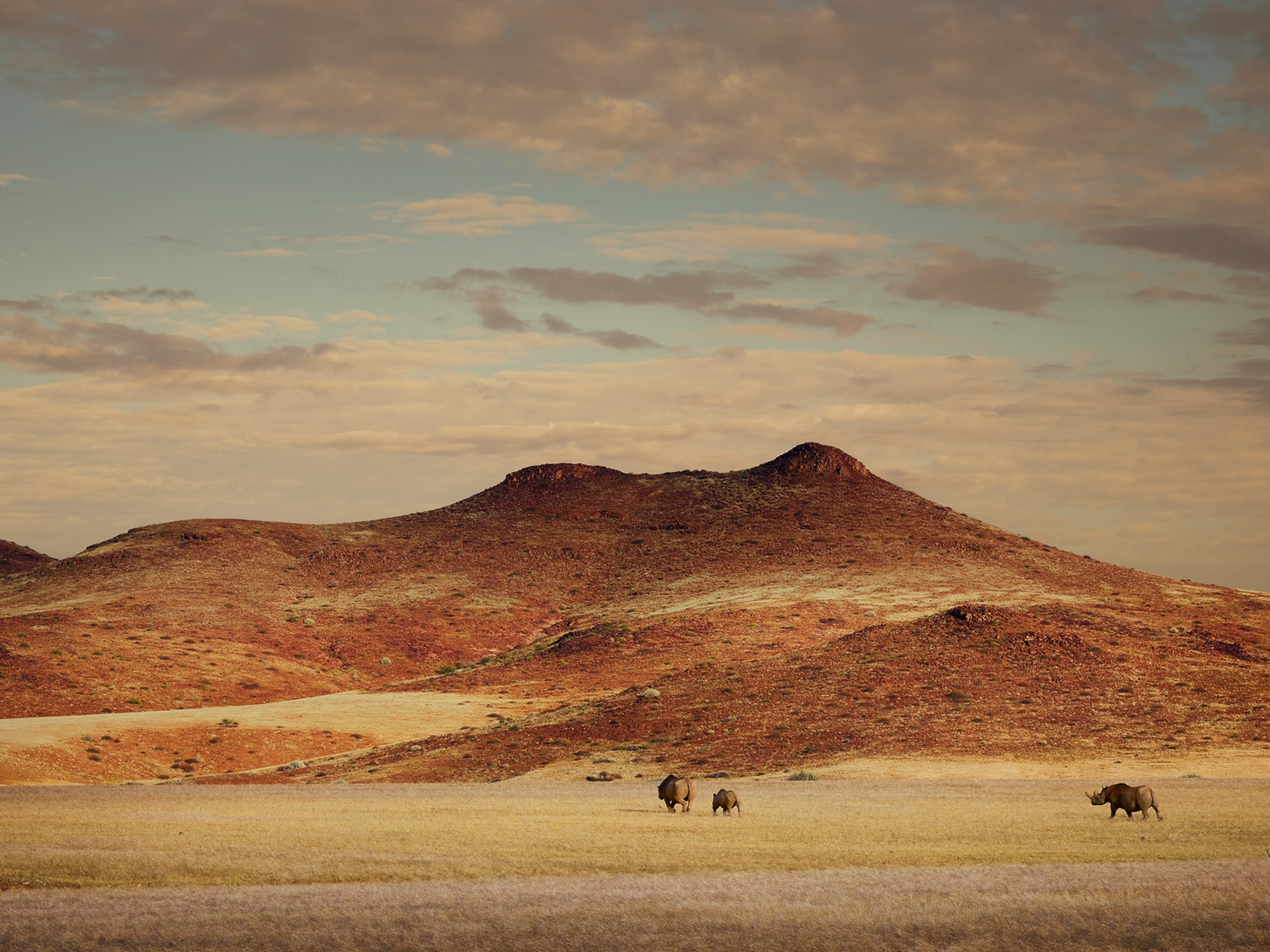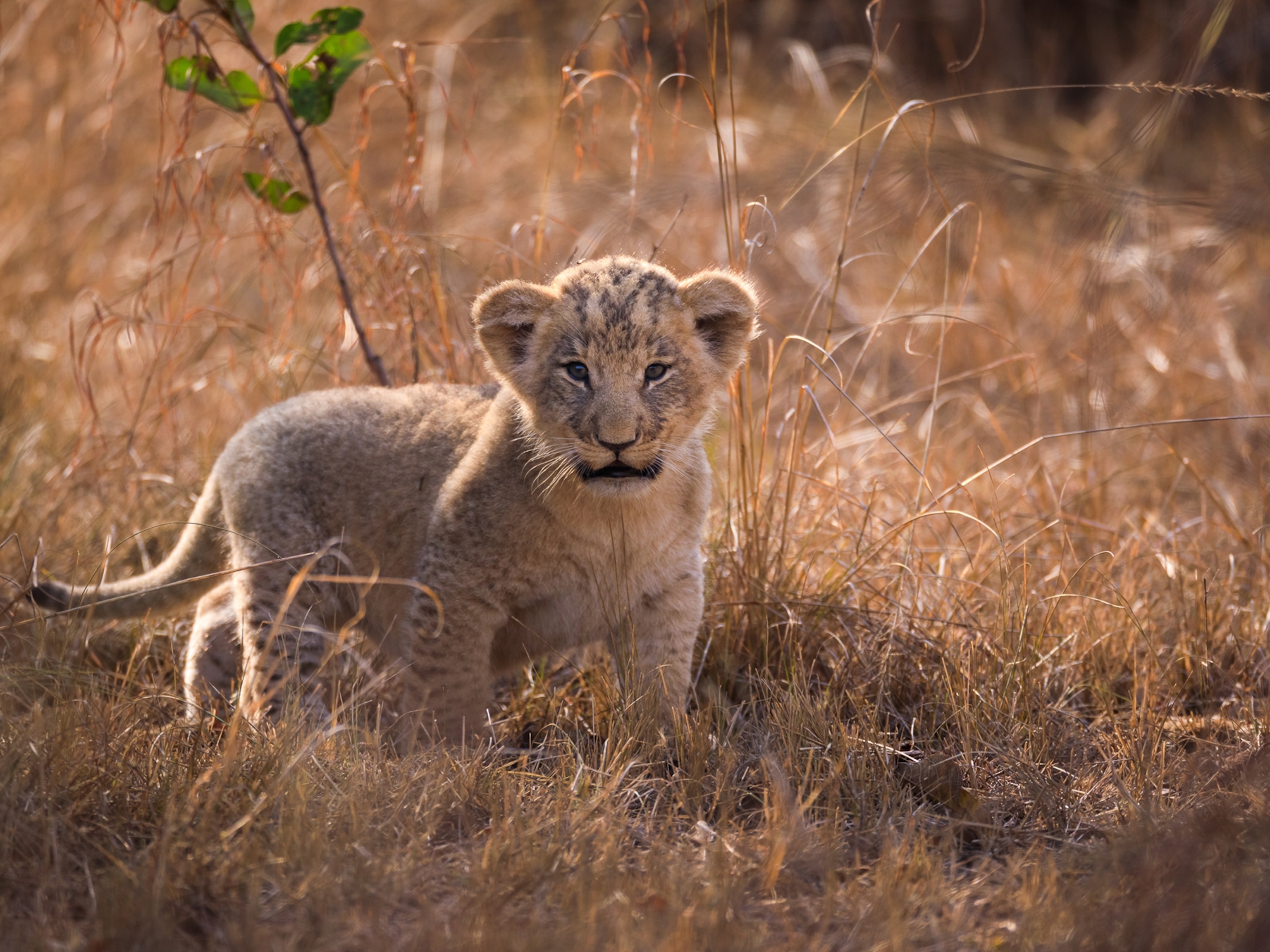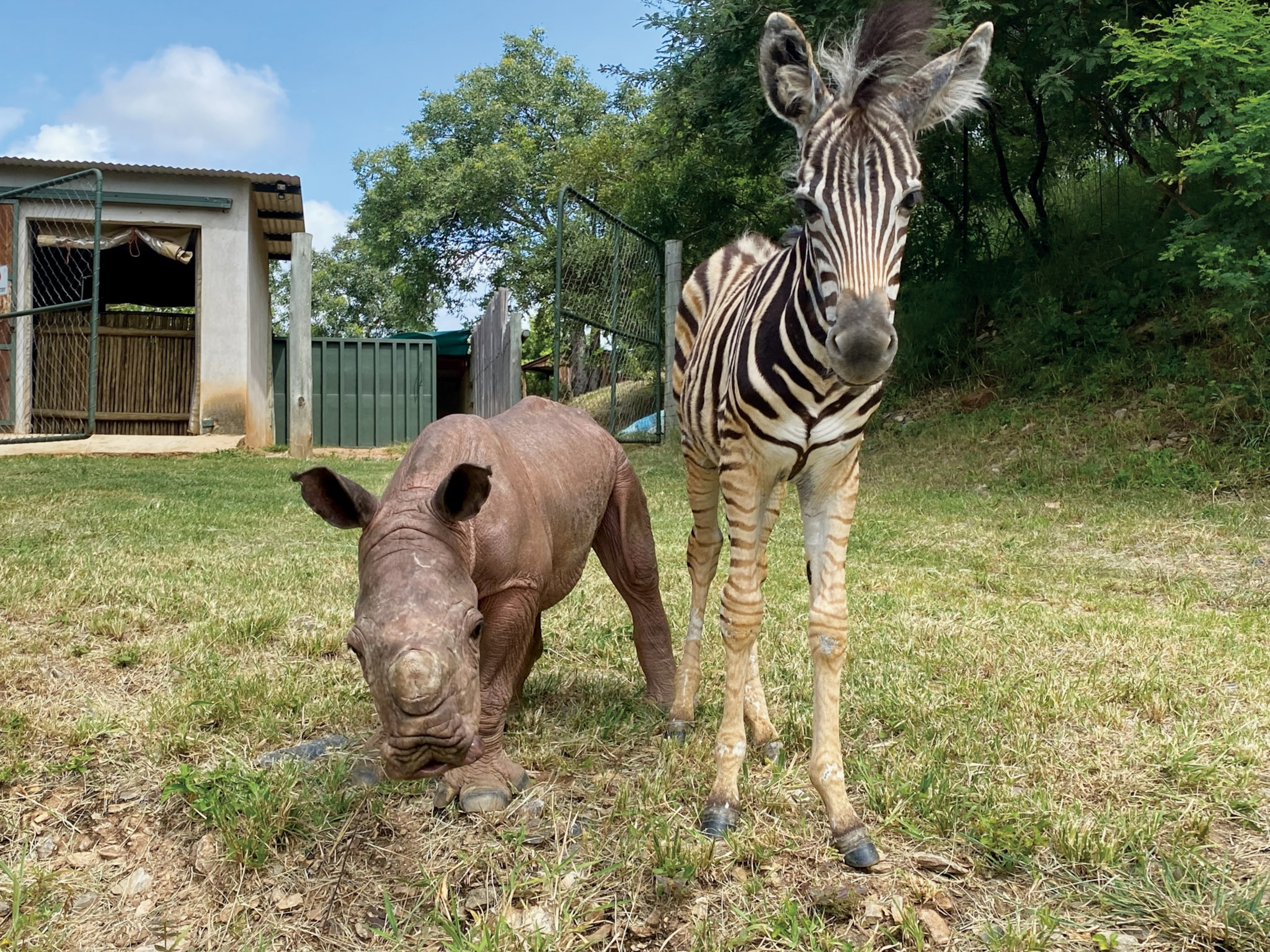15 Moving Pictures of Rhinos in Crisis
On World Rhino Day, we pay tribute to a threatened species.
Today is World Rhino Day. Founded in 2010 by WWF South Africa, the day has grown into an "international success," with events worldwide bringing attention to the plight of the rare animals, according to its website.
All five species of rhinos are threatened by poaching, and three of them are critically endangered. A black market, especially in Vietnam, for rhino horn, valued for supposed healing properties and as a symbol of status, has fueled the killing of rhinos for years. (Read "Rhino Wars" in National Geographic magazine.)
South Africa is home to nearly 70 percent of the 29,500 rhinos left on Earth, down from several hundred thousand in Africa before the 1800s, when the European imprint on the land intensified. They’re spread across two continents and five species: the white rhino, with some 20,400 remaining; the black, with 5,250; the greater one-horned; the Sumatran; and the Javan.
"Our country's proud conservation record, established more than 50 years ago when we brought the white rhino back from the brink of extinction, is being threatened," Barbara Thomson, South Africa's deputy minister of environmental affairs, said in a speech near Kruger National Park.
Populations of Africa's black rhino and white rhino species have shown steady increases between 1991 and 2007, but experts fear that intense poaching will undo those gains.
